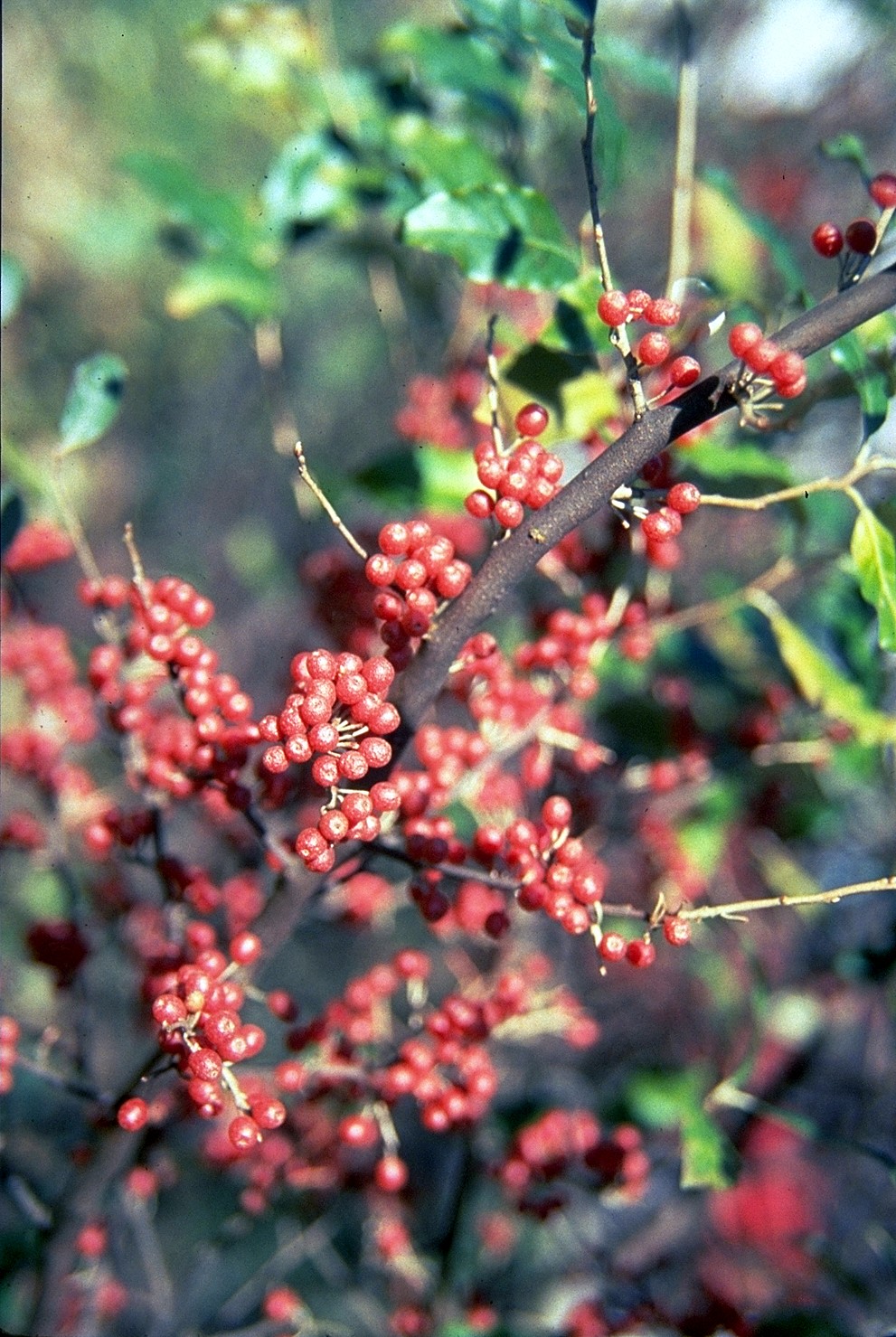Difference between revisions of "AY Honors/Edible Wild Plants/Autumn Olive"
m (W126jep moved page Adventist Youth Honors Answer Book/Edible Wild Plants/Autumn Olive to AY Honors/Edible Wild Plants/Autumn Olive without leaving a redirect: Part of translatable page "Adventist Youth Honors Answer Book/Edible Wild Plants/Autumn Olive") |
|||
| (One intermediate revision by the same user not shown) | |||
| Line 7: | Line 7: | ||
| name = Autumn Olive | | name = Autumn Olive | ||
| image = Image-Cardinal Elaeagnus umbellata 1987.jpg | | image = Image-Cardinal Elaeagnus umbellata 1987.jpg | ||
| − | | description = Autumn olive is a small tree (or large shrub), growing 4-10 meters tall. | + | | description = Autumn olive is a small tree (or large shrub), growing 4-10 meters tall. The leaves are lanceolate, shiny green on the top with a silvery, powdery underside. The berries are about 6-7mm in diameter, bright red with speckles on them, growing in groups. They are very sweet. |
| − | | range = Native to eastern Asia from the Himalayas east to Japan. | + | | range = Native to eastern Asia from the Himalayas east to Japan. It was introduced to North America where it has become an invasive species. |
| seasons = Fall | | seasons = Fall | ||
| − | | use = When ripe, the fruit is juicy and edible. It can be eaten fresh or made into a jam. | + | | use = When ripe, the fruit is juicy and edible. It can be eaten fresh or made into a jam. The fruit is small, extremely numerous, tart-tasting, and it has a chewable seed. It has been shown to have from 7 to 17 times the amount of the antioxidant lycopene that tomatoes have. Lycopene has been consistently shown to be useful in decreasing the risk of prostate cancer. |
<!--T:3--> | <!--T:3--> | ||
}} | }} | ||
| − | |||
| − | |||
| − | |||
| − | |||
| − | |||
| − | |||
<noinclude></translate></noinclude> | <noinclude></translate></noinclude> | ||
Latest revision as of 02:35, 27 July 2022
Autumn Olive
Description: Autumn olive is a small tree (or large shrub), growing 4-10 meters tall. The leaves are lanceolate, shiny green on the top with a silvery, powdery underside. The berries are about 6-7mm in diameter, bright red with speckles on them, growing in groups. They are very sweet.
Where found: Native to eastern Asia from the Himalayas east to Japan. It was introduced to North America where it has become an invasive species.
Availability: Fall
Use: When ripe, the fruit is juicy and edible. It can be eaten fresh or made into a jam. The fruit is small, extremely numerous, tart-tasting, and it has a chewable seed. It has been shown to have from 7 to 17 times the amount of the antioxidant lycopene that tomatoes have. Lycopene has been consistently shown to be useful in decreasing the risk of prostate cancer.

